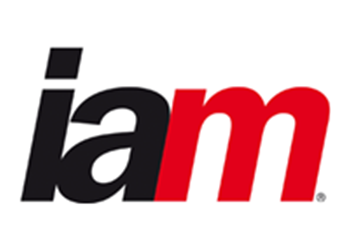If you back a Kickstarter crowdfunding project by a company that ends up selling to Facebook for $2 billion, do you deserve to get a return on your campaign donation? This is the q uestion raised by some of the backers of the September 2012 crowdfunding campaign of the Oculus Rift virtual reality headset, which successfully […]



